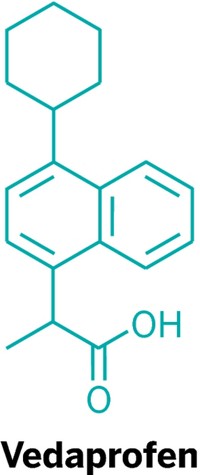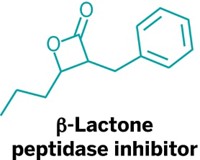Advertisement
Grab your lab coat. Let's get started
Welcome!
Welcome!
Create an account below to get 6 C&EN articles per month, receive newsletters and more - all free.
It seems this is your first time logging in online. Please enter the following information to continue.
As an ACS member you automatically get access to this site. All we need is few more details to create your reading experience.
Not you? Sign in with a different account.
Not you? Sign in with a different account.
ERROR 1
ERROR 1
ERROR 2
ERROR 2
ERROR 2
ERROR 2
ERROR 2
Password and Confirm password must match.
If you have an ACS member number, please enter it here so we can link this account to your membership. (optional)
ERROR 2
ACS values your privacy. By submitting your information, you are gaining access to C&EN and subscribing to our weekly newsletter. We use the information you provide to make your reading experience better, and we will never sell your data to third party members.
Drug Discovery
Targeting RNA’s tertiary structure
Small molecule disrupts RNA motif that’s found in fungus but not humans
by Bethany Halford
October 28, 2018
| A version of this story appeared in
Volume 96, Issue 43

When scientists talk about druggable targets, they’re usually referring to proteins. But a new report confirms that RNA’s tertiary structure could also provide a rich vein of druggable biomolecules. Yale University’s Anna Marie Pyle and coworkers reasoned they could come up with druglike molecules by taking aim at the mitochondrial RNA tertiary structure known as self-splicing group II intron. This bit of RNA is essential for respiration in plants, fungi, and yeast, but it doesn’t exist in people or other mammals. The researchers screened a library of 10,000 compounds and found 16 that prevented the piece of RNA from working. Some of those molecules share common structural elements, which suggests they may have the same mechanism of action. The team then tweaked the basic skeleton of these compounds hoping to improve their potency and pharmacological properties. The most potent compound they made, which they dubbed intronistat B, fights the pathogen Candida parapsilosis, with antifungal activity that’s comparable to that of amphotericin B (Nat. Chem. Biol. 2018, DOI: 10.1038/s41589-018-0142-0). “Given the unique RNA metabolism of plants, fungi, and yeast, our results demonstrate that RNA targeting may provide a much needed approach for developing therapeutics against eukaryotic pathogens,” the researchers note.





Join the conversation
Contact the reporter
Submit a Letter to the Editor for publication
Engage with us on Twitter